How can we design constructivist learning tools for mathematics education through the use and adaptation of technology?
Interaction design methods are used to craft constructivist learning kits that aim to move mathematics students from passive receivers of knowledge to active learners. The proposed tools modify new technologies by adapting them to teachers’ and learners’ needs to be best suited for mathematics classrooms adoption.
A central sensor module can be attached to a variety of different attachables that permit different kinds of movement to be explored:

Different principles of math and physics can be toyed with.
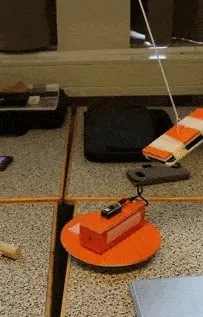
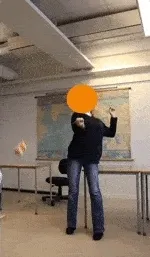
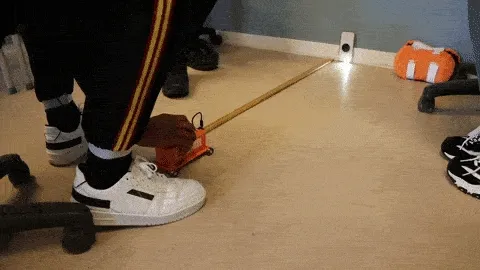
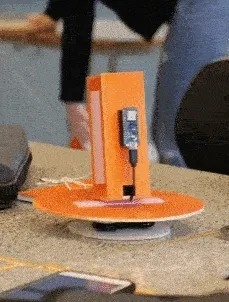
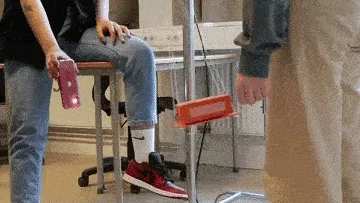
Sensor data can be viewed as a graph trace on a phone, or used to manipulate an on-screen object in realtime for instant feedback.
Two types of constructivist learning tools are recognized: construction kits and phenomenaria. The two categories can be used separately to enhance understanding through action (construction kits) or perception (phenomenaria) and can be combined together. The tools produced and tested in this project were tangible kits and tangible user interface, which were a combination of both categories, leaning more towards phenomenaria. The tools were successful in facilitating constructive learning through interdisciplinary activities between motion in physics, and functions and geometry in mathematics. Additionally, the tools engaged students with mathematical data, functions, and geometry in both playful and meaningful manners. This was achieved through connecting mathematics concepts to the real world through students’ use of their bodies and the tangible kits to perform movements. Students could clearly relate the graphs and shapes visualizations based on their physical actions, which helped view abstract mathematics concepts in real applications.
One of the main findings is that the tools acted as an excellent catalyst for collaboration between students. A group of 30 students were fully engaged and included in the process of executing experiments, observing outcomes, and analyzing the results. In addition, the tools facilitated communication and group discussions, where students carried experiments, discussed findings, analyzed outcomes, and proposed new approaches collaboratively. Further, the playful quality of the tools and activity encouraged students to participate, not feeling less mathematically capable to take part.
This thesis identifies ways to integrate technology into mathematics education for the benefit of students and teachers, using Freire’s (1968) problem-posing education in contrast to the oppressive banking education. Designing educational tools and technologies holds a responsibility to benefit education rather than schooling systems through following the ethical and pedagogical guidelines discussed in this thesis. This requires designers to be critical; by presenting unwelcomed truth and problems and taking an active role in social, political, cultural, and economic issues. Additionally, the designers’ role is not as experts but as facilitators of change through the target audience’s involvement, by designing for and with them. Thus, the work of this thesis criticizes aspects in the current schooling system such as assessment methods, curriculum design and identifies them as obstacles for students, teachers, and education.